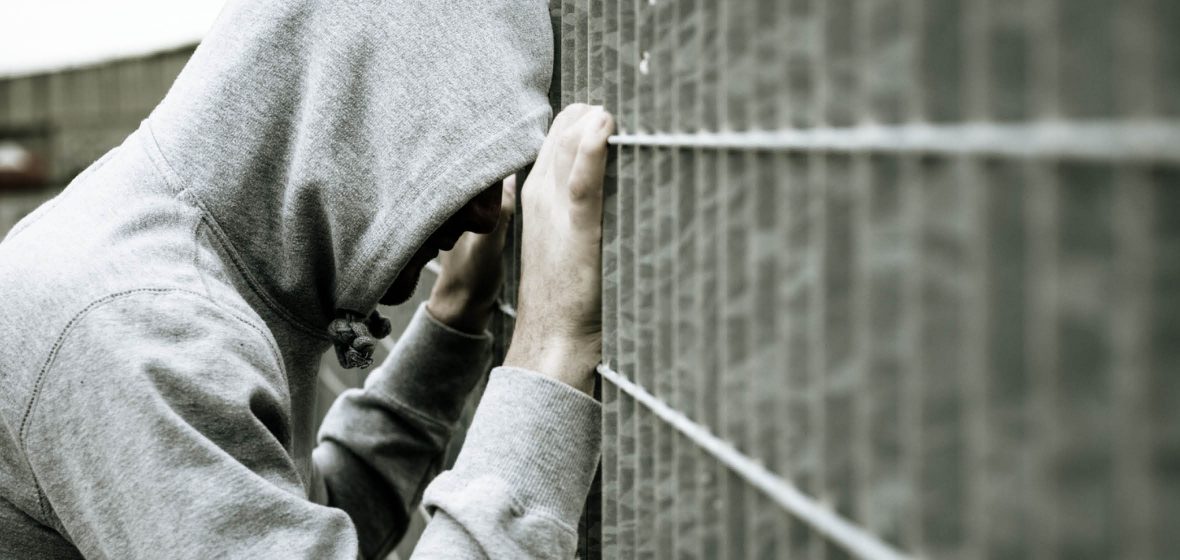Snapshot
- 3 February 2017 marked 50 years since the last person was executed in Australia. Since then the Australian Government’s commitment to the abolition of the death penalty has evolved to a core human rights objective.
- The Australian judiciary and legal profession have a special role to play as ambassadors for abolition.
- Strategic advocacy by the profession is still required to help effect change in our region. Among other things, reform of the Australian Federal Police Act 1979 would relieve the AFP of the complexities it faces in exercising discretion to disclose information to countries that impose the death penalty.
At 8am on 3 February 2017, I stood in silence with a small group outside the bluestone walls of Pentridge Prison in Coburg, Victoria. Although the inside of the prison has been renovated and now houses many modern homes, 50 years ago the walls held men condemned to die. One of those men was Ronald Ryan. In the jail with him were a number of other men to carry out his execution, or to observe it as required by law.
In their chambers or law offices, his counsel and solicitors sat waiting for a last minute reprieve that never came. On the steps of Parliament House a group of university students held an all-night vigil in protest, hoping by their action to move the Premier to intervene.
All involved in this execution – as participants authorised by law, as witnesses or as advocates for clemency – were moved by their role in the putting to death of a man. Some so traumatised they cannot speak of it to this day without experiencing a profound grief.
Since that time, six Australians have been executed abroad. Kevin Barlow, Brian Chambers and Michael McAuliffe in Malaysia, Van Tuong Nguyen in Singapore, and Andrew Chan and Muyran Sukamaran in Indonesia.
The death of each man has left a shadow upon the lives of many. Worldwide, more than 600 people are executed every year.




